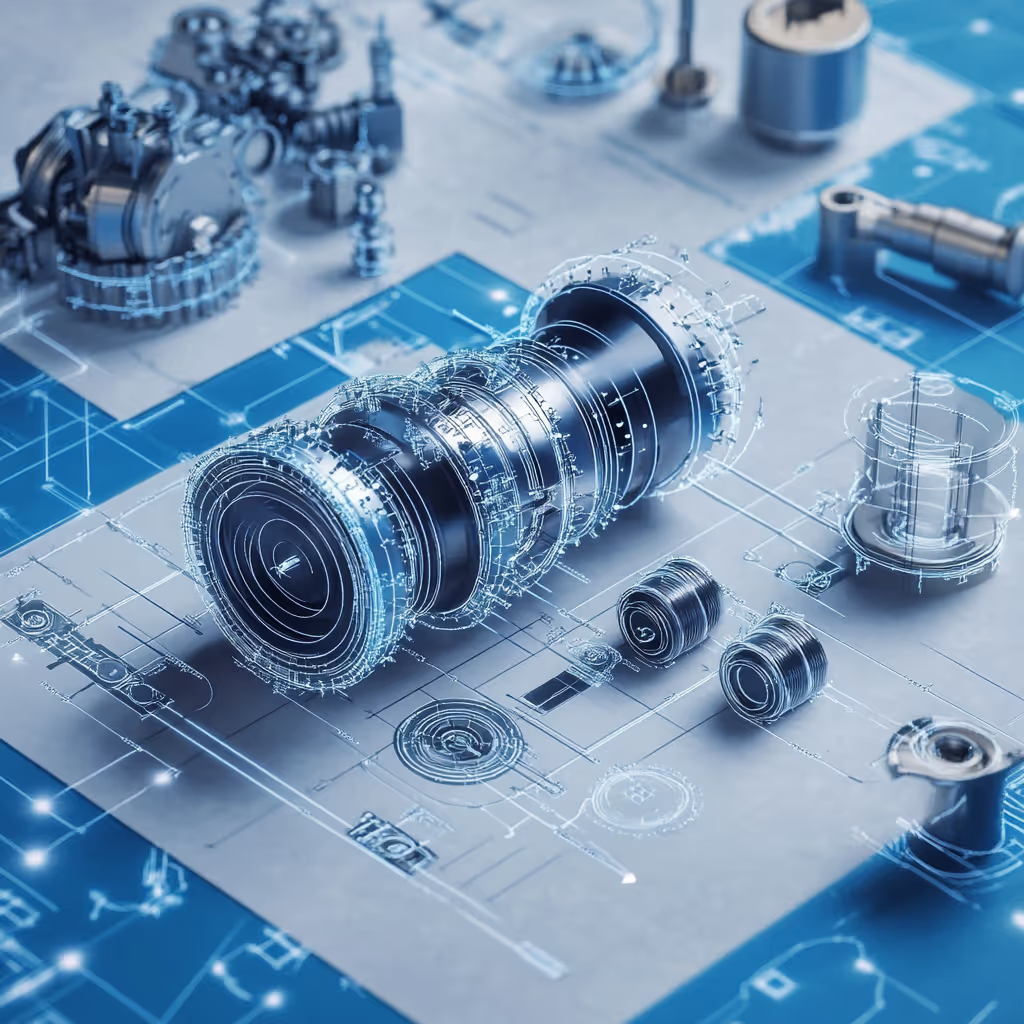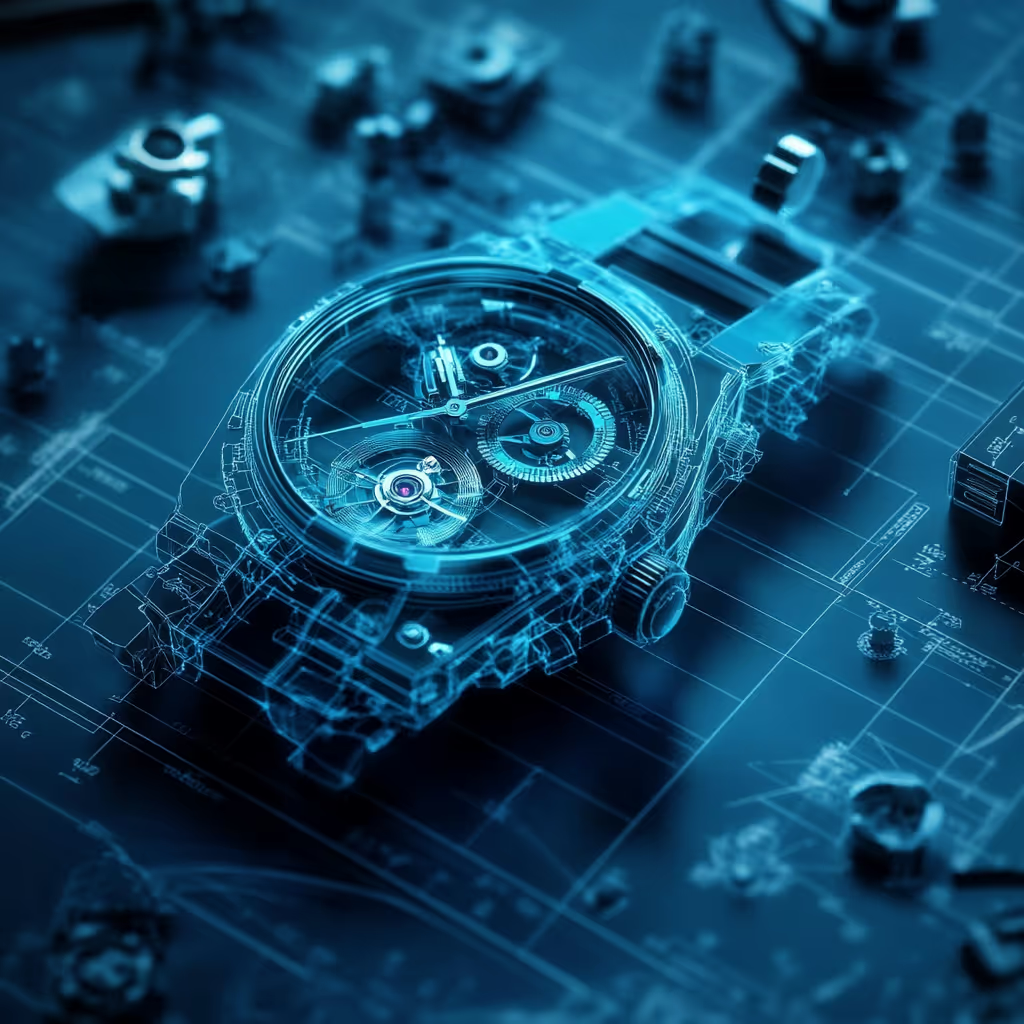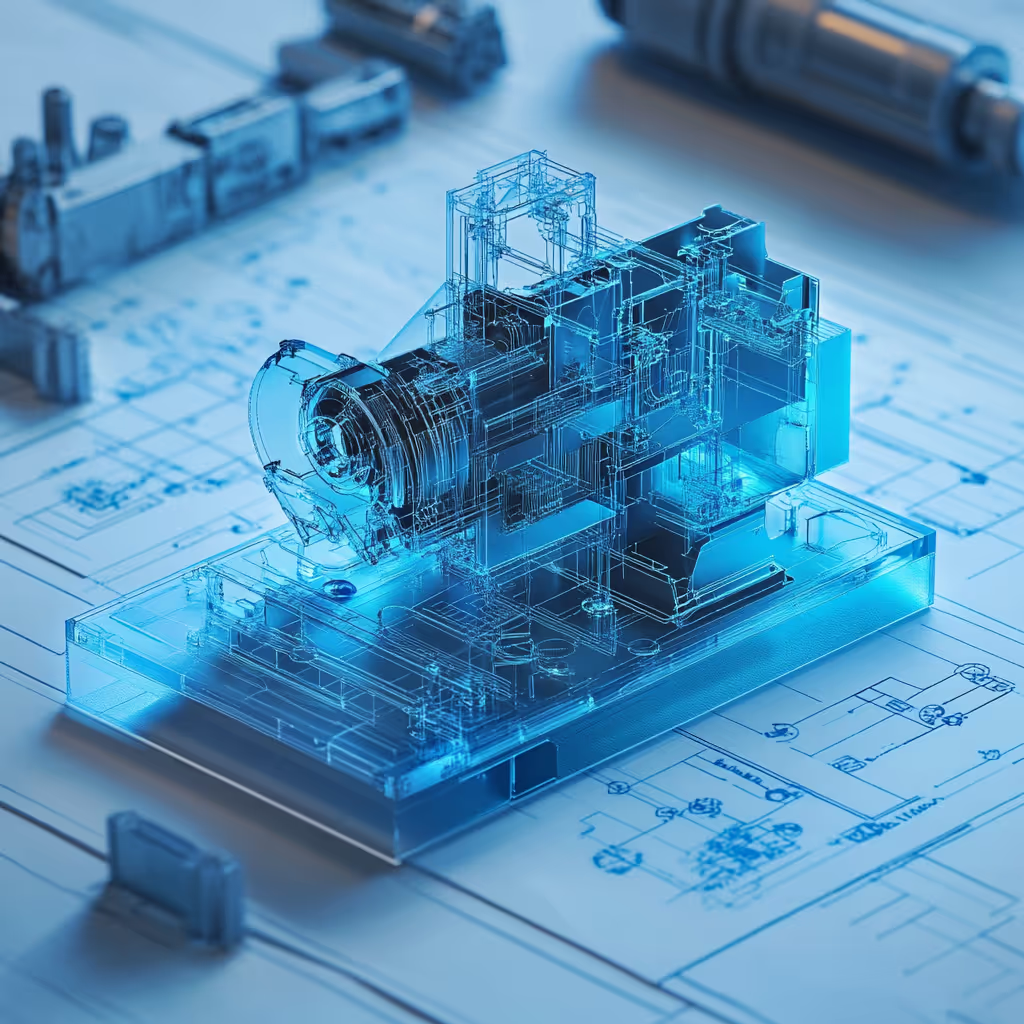Professional Outsourced Reverse Engineering Services

Reverse engineering is the process of taking an existing part or assembly, and converting it into a 3D CAD file. Traditional reverse engineering involves using calipers to measure the existing part, making a hand-drawn sketch in a notebook, and then drawing it by hand on your CAD software of choice. Unfortunately, this process wastes a lot of time and comes with too much room for error. What happens if you read the calipers wrong, write the wrong number down, or type the wrong number in CAD? Any of these simple (and common) mistakes and completely ruin your model, and you won’t realize it until it’s too late.
Reverse engineering is a must-have for many engineering companies. Let’s say you have a really old motor mount, used on your legacy product line. You just unveiled a new machine, but you need the motor mount to be updated. Instead of spending days measuring and designing a new one, you can bring in our team at CAD/CAM Services, and we’ll have it done within hours.
People use reverse engineering to make new OEM-equivalent parts for companies that don’t exist anymore, to update really old parts that don’t have documentation, or to quickly and accurately change an existing assembly.



.png)

.png)



